Exhibitions
"Josep Grau-Garriga. Dialogue of light" at the MACBA, the first of a series of projects whose relevance has not always been sufficiently recognized
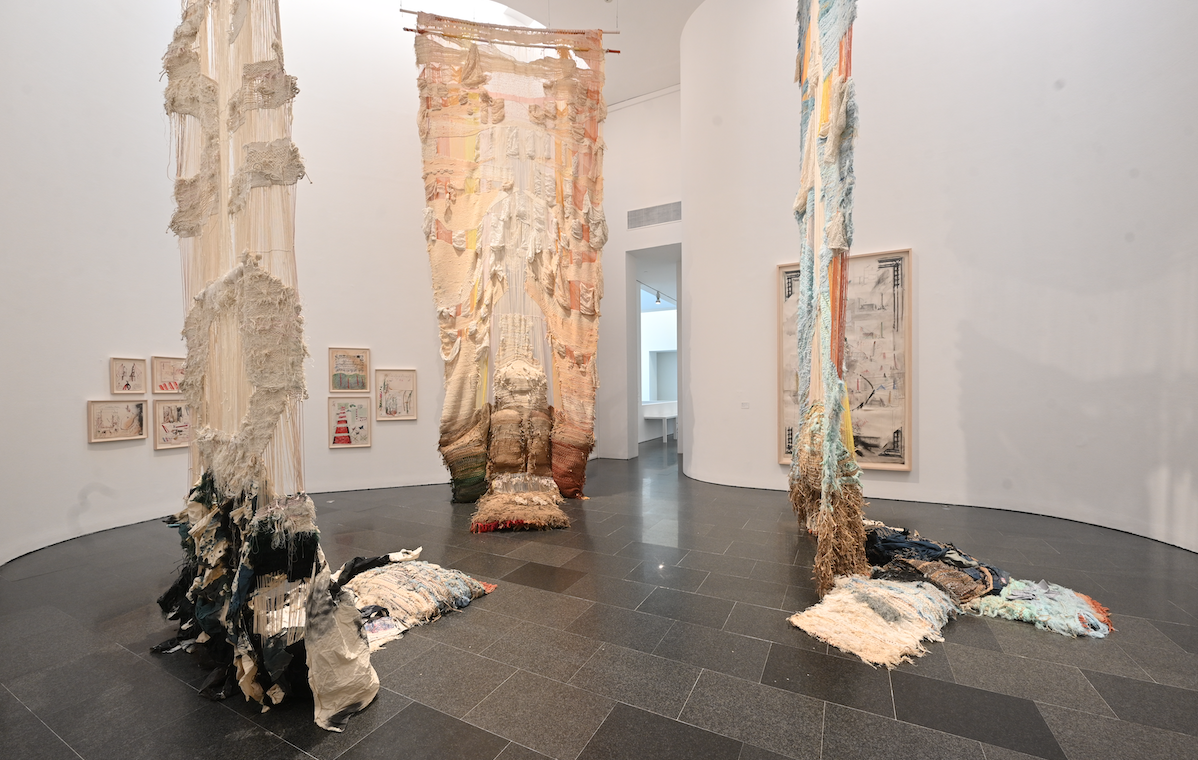
From November 28, 2022 to September 1, 2023, the MACBA Contemporary Art Museum of Barcelona presents Josep Grau-Garriga. Dialogue of light, a research project by Núria Montclús and Esther Grau, in collaboration with Àlex Castro and Alba Clavell.
Josep Grau-Garriga. Light dialogue is the first of a series of research and exhibition projects promoted by the MACBA around practices and agents whose relevance has not always been sufficiently recognized. Josep Grau-Garriga (Sant Cugat del Vallès, 1929 – Angers, 2011) was a key artist in the renewal of tapestry and contemporary textile art, both nationally and internationally.
The work that can be seen today in the museum and that gives its name to the exhibition, Diàleg de llum (1986-1988), is a variable installation that Grau-Garriga adapted and incorporated into various architectures; among others, the presentation that he made in 1988 in the main stairwell of the Palau Robert stands out, where the piece was shown for the first time. Grau-Garriga experimented with transdisciplinary techniques and experimented with large formats, beyond the limits of traditional textile art. He did this through what he called environments : structures that allowed the viewer to immerse himself in the work and a more intimate contact with the materials that made it up. In the environments, often arising from a process of collective creation, Grau-Garriga explored new forms of artistic pedagogy to bring art and life closer, which, in turn, turned the work of art into a shared experience. With this type of work, Grau-Garriga became a benchmark for the transformation of the tapestry technique throughout the second half of the 20th century.
After training in painting, drawing, sculpture and engraving at the School of Applied Arts and Crafts and at the School of Fine Arts in Barcelona, he made some forays into mural painting and artistic stained glass. In 1957 he began working with Miquel Samaranch at the Aymat carpet and tapestry manufacturer, from where the following year he created the Catalan Tapestry School, which allowed him to work with artists such as Joan Miró, Josep Maria Subirachs and Antoni Tàpies.
In 1957 he made his first trip to Paris, where he met Jean Lurçat, master tapestry renovator based on a rereading of the Gothic tapestry. A couple of years later, in 1959, impressed by the material and gestural informalism of Jean Dubuffet, he begins to question his practice and redirects his research towards the weight of matter as a key element to achieve the autonomy of the textile as a work of art. From that moment on, he introduced new materials of a closer and less "noble" character into his tapestries, such as jute, rope, or metal thread. This search for textile liberation and the volumetric games of the materials used lead the artist towards a progressive experimentation of the fabric's relationship with space. From the seventies, his works show a radically different character and a liberated technique: they are increasingly three-dimensional pieces, which move away from their presentation on the wall, increase in size and come to occupy the space where they are installed lads
Encouraged by this progressive occupation of space and by the exploration of the time factor in the perceptual experience of the work, Grau-Garriga began to create a set of ephemeral environments in the interior spaces of monumental buildings and also in public spaces around the world, such as the Arras Gallery in New York (1971), the Center Culturel du Marais in Paris (1975), the Sugarbush ski slope in Vermont (1978), Montgomery University in Washington ( 1979), the Museo Rufino Tamayo in Mexico DF (1980-1981), the French Institute in Barcelona (1984), the Castellet in Perpignan (1984) and the cathedral of Sant Nicolau in Alicante (1985), among many others
These environments, which he continued to develop throughout his life, were based on textile compositions that expanded through the space and challenged the viewer, who became a participant in the work by inhabiting it and circulate it In some cases, this participative character was even more concrete, because it started from a process of collective and collaborative creation that materialized in the realization of previous workshops with various groups, where Grau-Garriga claimed the character art pedagogy and invited the participants to build those ephemeral creations.
Since 1964 Grau-Garriga's work has been seen in numerous institutions around the world, such as The Museum of Fine Arts in Houston (1970), LACMA (Los Angeles, 1974), the Musée d'Art Moderne de la Ville de Paris (1981), the Palau Robert (Barcelona, 1988) and the Musée Jean Lurçat in Angers (1989 and 2002). Recently his work could also be seen at the 22nd Sydney Biennale (2020).


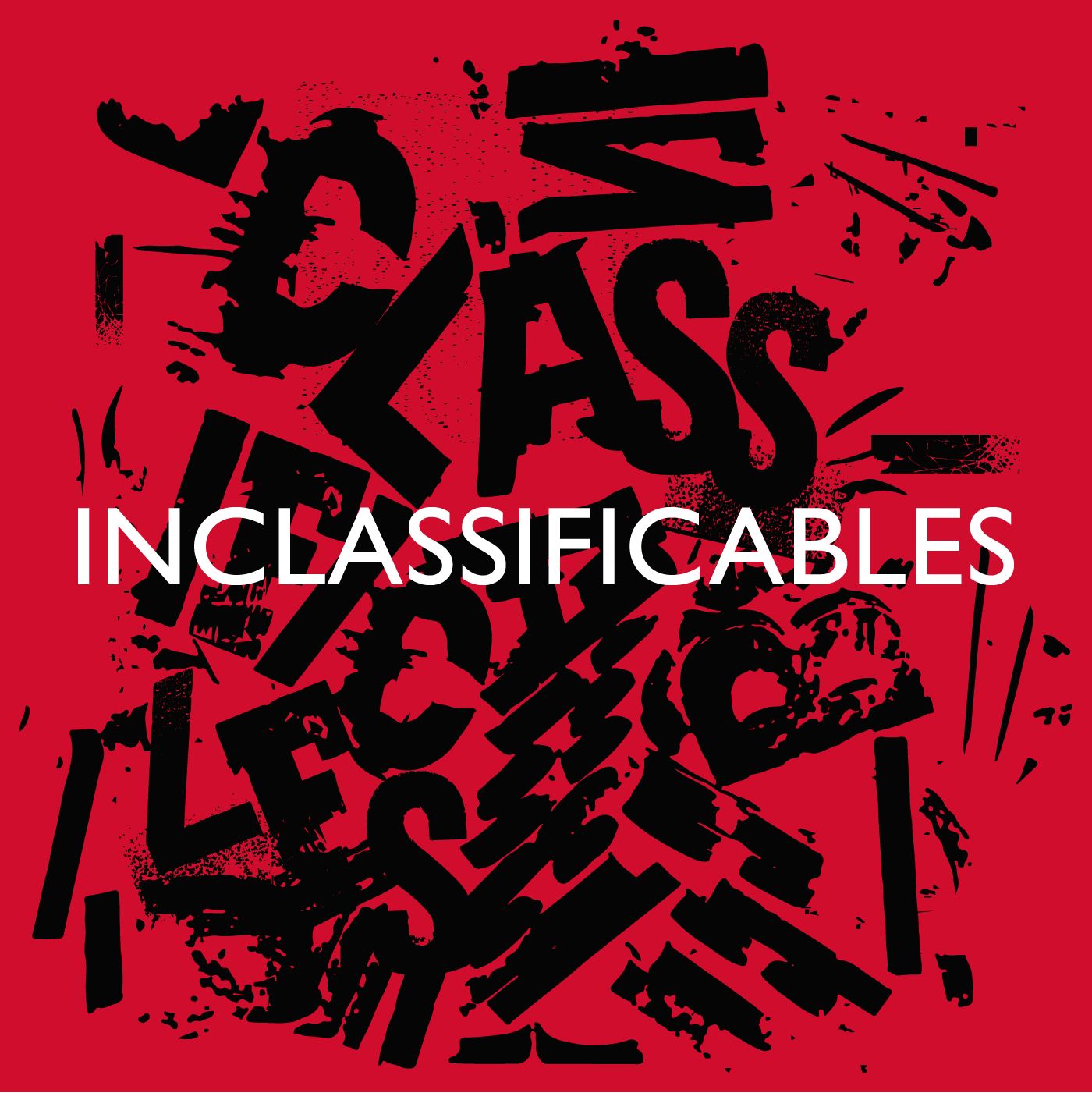
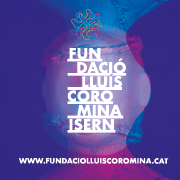
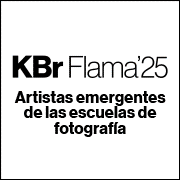
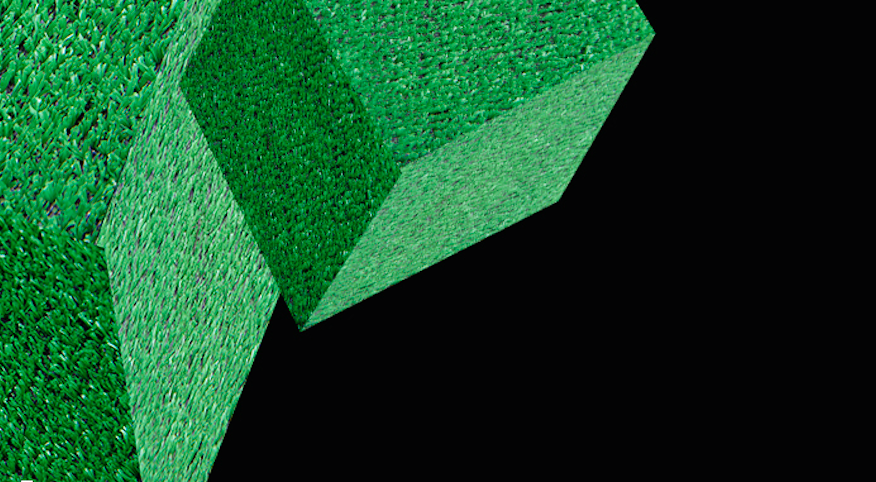
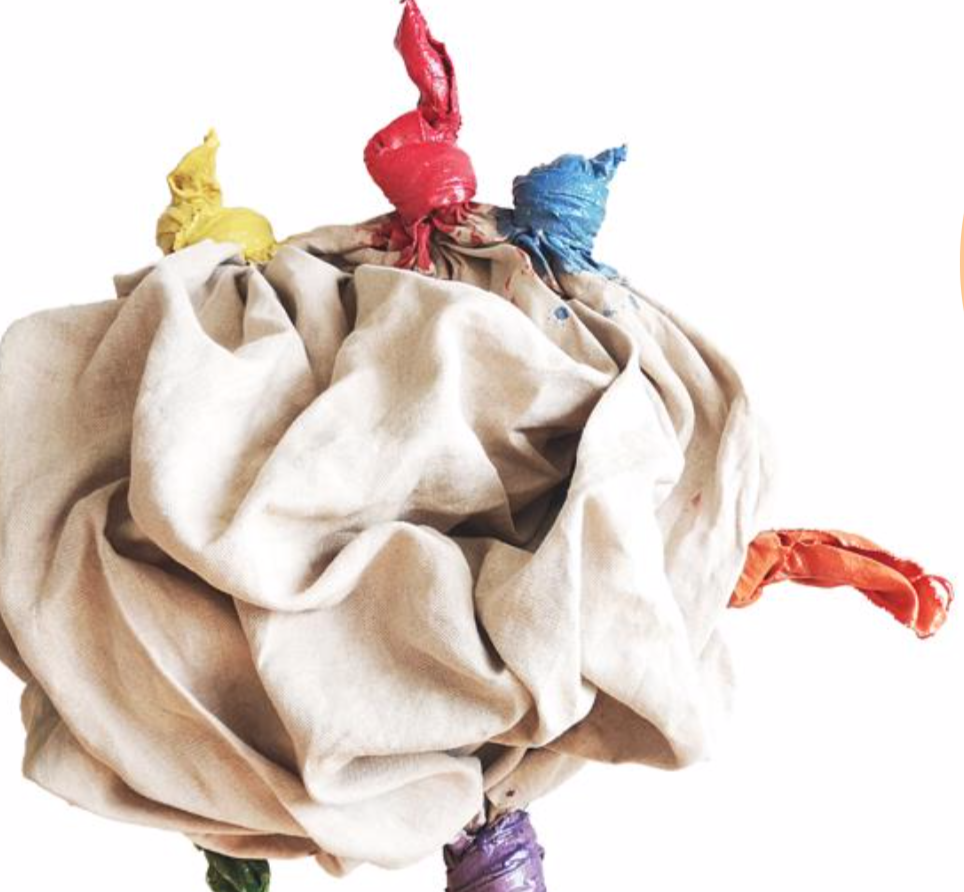
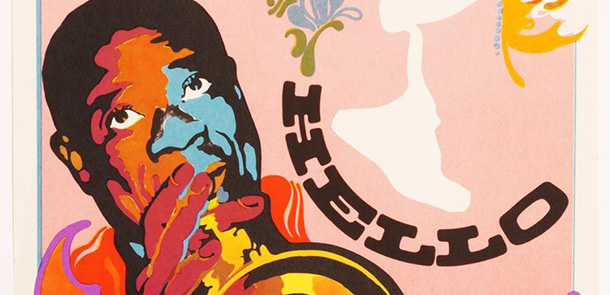
![Fundació Mapfre screens the documentary Drei Fotografinnen [Three photographers]: Ilse Bing](https://www.bonart.cat/storage/media/71404/kjnb9gHII9txrgo0y83LrhiNirCVs5-metaSWxzZSBCaW5nIHByb2plY2NpbyAyMDIyLnBuZw==-.png)